Did you know that by the year 2025, there are projected to be smart home devices in 64 million homes across the United States? When I go through the list of my inner circle of friends and family, I can’t think of any of them who don’t use at least one smart tech device in their home.
Is that where we are now in the technology age? For as long as I can remember (granted, I was born in 2000. So I can’t remember much before 2004), smart home technology seemed untouchable because of the cost. This pushed me to think that this kind of technology only belonged in high-end homes.
These tech systems that used to seem so out of reach are now surprisingly affordable and can be found in more homes than ever before.
So what is the difference between tech systems for affordable housing and tech systems you would find in more high-end apartments? Is there a line between the two at all? Are we at the point where these same technologies are being used in both? The two aren’t as different as you would think.

Internet Connection:
Access to affordable and reliable high-speed internet is non-negotiable when it comes to apartment amenities. Many adults work from home on a regular basis, and students are getting an education from home.
High-end housing also shares this reliance. Many features of high-end homes like automated cleaning bots and surveillance systems rely on a wireless internet connection to operate.
Because of our society’s dependence on the internet to live everyday life. WiFi is no longer a luxury but a necessity, and should be accessible to all regardless of socioeconomic status.
Smart Technology:
Smart technology drives up the value of any multifamily apartment complex. Everyone can benefit from the convenience that smart technology brings to a home and its residents.
An internet of things, or IOT, hub is a cost-efficient way to bring convenience to residents’ lives. The ability to control your thermostat, locks, lights, and appliances all in one place is a major selling point, and is found in more homes than ever before.
These smart technology features are a great example of an amenity that was only featured in high-end housing in the past. Because of how far technology has come, these smart tech amenities are not exclusive to any property or resident.
Communication:
Another deliverable for both high and low-end housing is a seamless means of communication. Any chance to fill the communication gap between leasing staff and residents is invaluable. From the first connection on an apartment website, your potential lease signers will form opinions based on ease of finding information and being connected with a leasing agent.
To make the most of this opportunity, a website with a functional user interface and seamless integrations is dire to the leasing process. This is the case for all housing types, no matter the pricing structure.
A strong property management system can’t be overlooked either. If it isn’t easy for a resident to pay their rent, communicate with management, or submit maintenance requests, they won’t resign a lease. Again, this goes for higher-priced homes and affordable housing.
One of our goals at Quext is to bridge the gap between affordable housing and smart technology. We believe that functional apartment tech should be affordable and accessible to everyone. For more information about Quext and the solutions we offer, visit the products page on our website.


